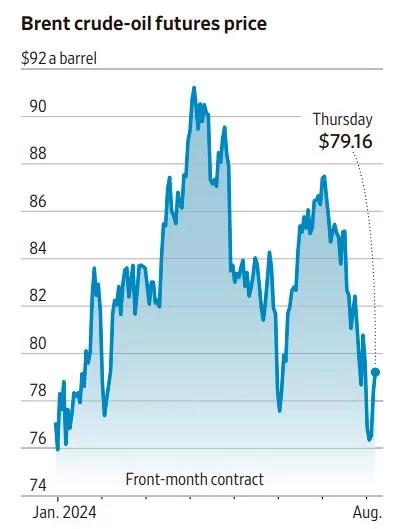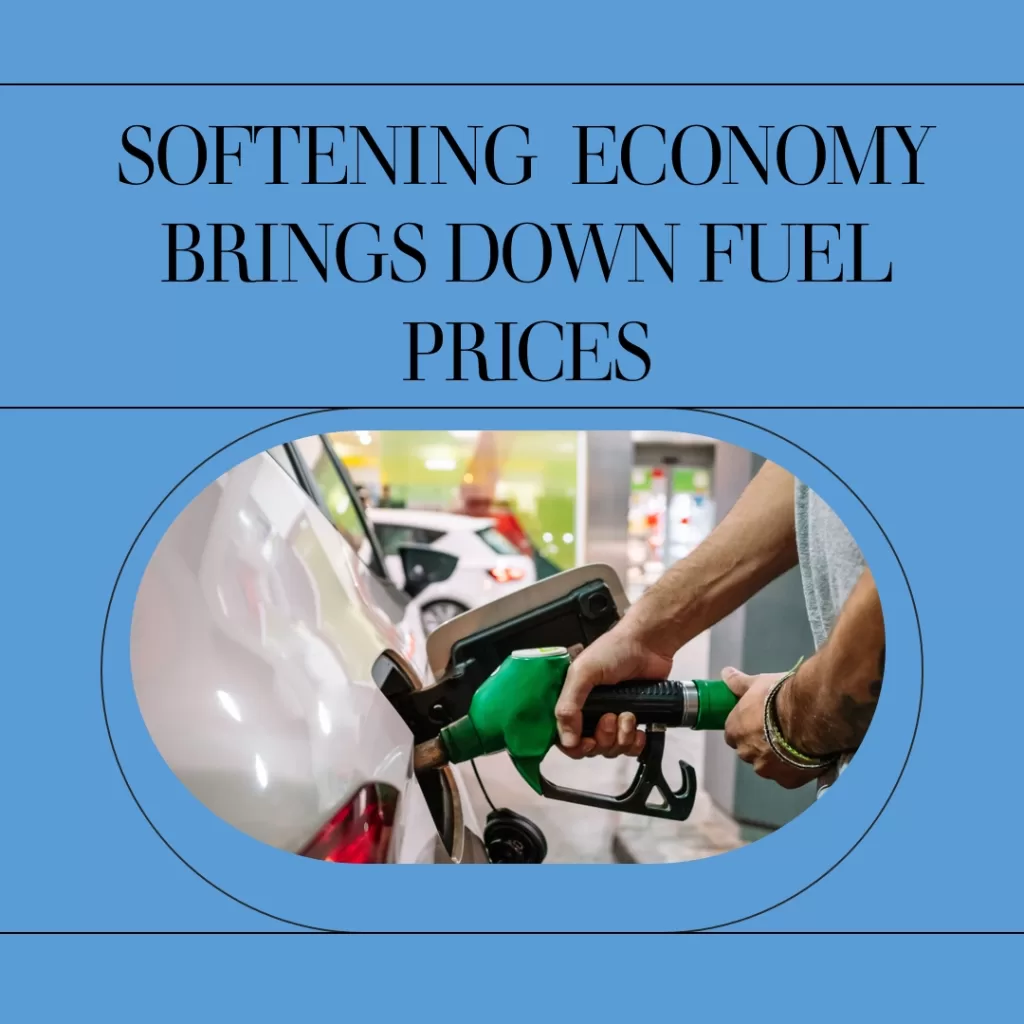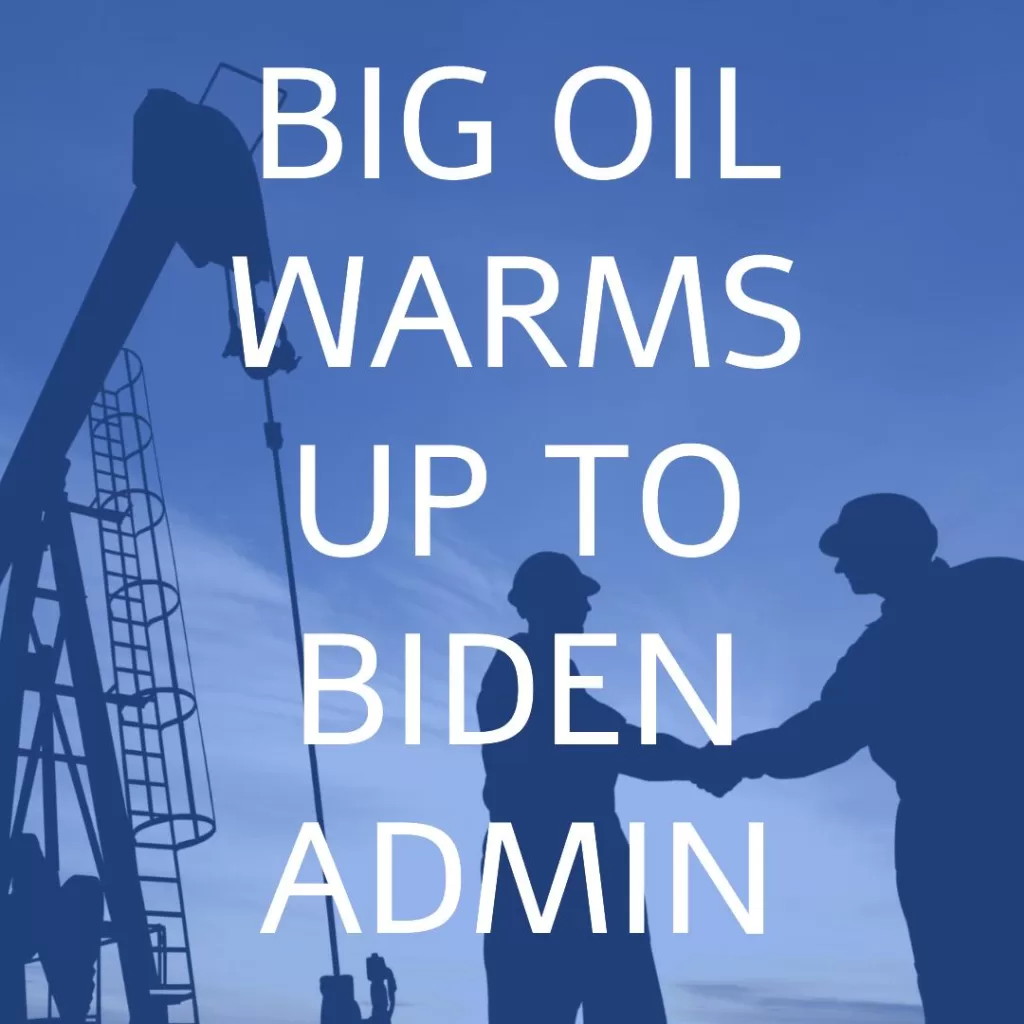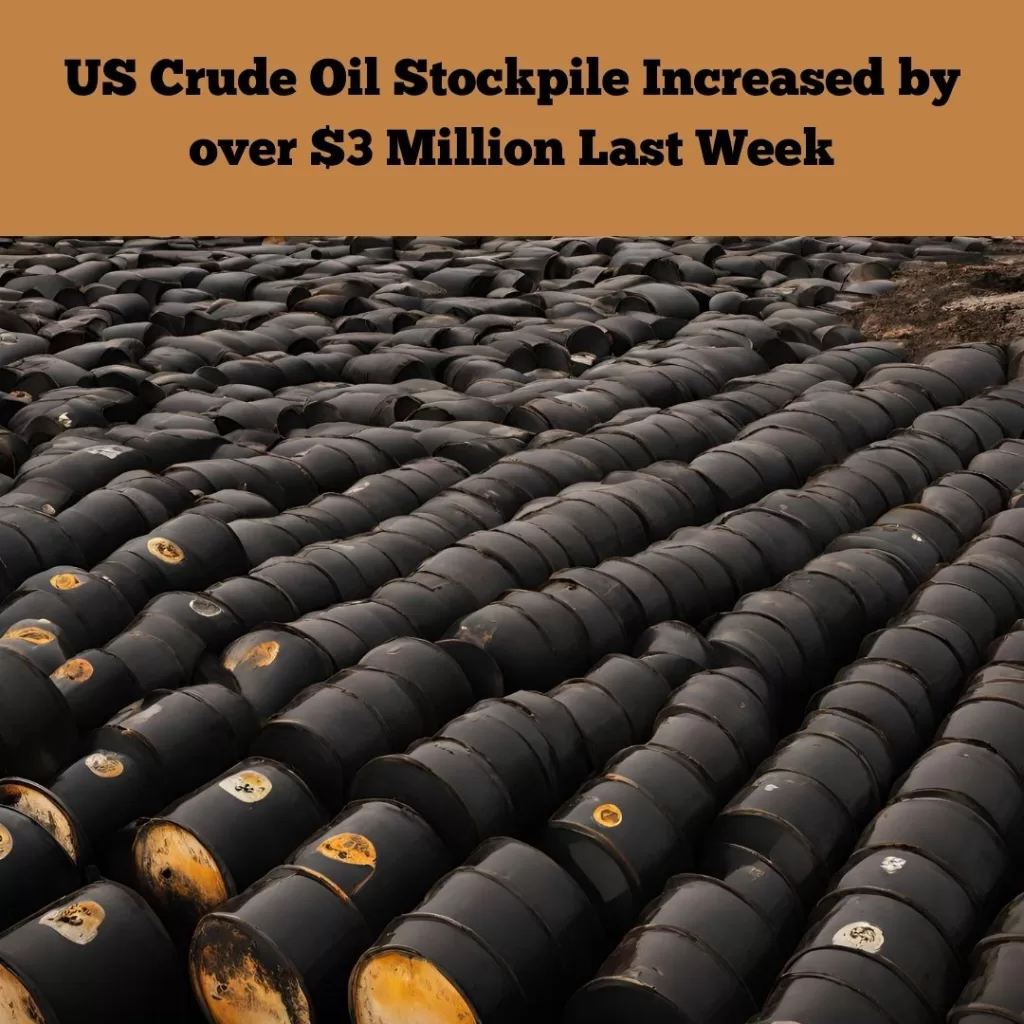Oil-Service Providers Say Producers Are Becoming More Cautious About Spending
As oil prices experience increased volatility and global economic uncertainties weigh on the energy market, oil-service companies report that producers are growing more conservative in their capital spending. This shift marks a notable change from the recent period of higher oil prices, when many oil producers were more aggressive in ramping up drilling activity and investing in new projects. The tightening of budgets reflects broader concerns about market stability, geopolitical risks, and the potential for a downturn in global demand for crude oil.
Spending Slowdown Amid Price Volatility
Oil-service providers, which offer critical equipment, technology, and expertise to exploration and production (E&P) companies, are seeing a cooling in demand for their services as oil producers scale back capital expenditures. After a relatively strong period driven by robust crude prices and rising demand, there is now a noticeable shift toward caution.
In recent months, oil prices have fluctuated significantly due to a range of factors, including concerns about slowing economic growth in major markets such as China, shifts in global energy policy, and uncertainty around OPEC’s production decisions. As a result, oil producers are adopting a more risk-averse approach, reducing drilling activity and delaying or cancelling some exploration projects.
Impact on Oil-Service Companies
For oil-service companies, this more cautious spending environment means reduced demand for their services. Many companies in the sector had anticipated continued growth in 2024, fueled by the expectation of stable or rising oil prices. However, the recent market environment has led some of them to revise their forecasts. The shift in producer spending could slow the recovery for service providers, who had already endured a challenging period during the pandemic when low oil prices caused a sharp pullback in drilling activity.
While some service providers have reported ongoing demand for maintenance and production-optimization services, new drilling projects have been more limited. Companies are focusing on improving efficiency and extending the life of existing wells rather than committing to large-scale exploration and production investments.
Factors Driving Producer Caution
- Market Uncertainty: The volatility in oil prices is one of the main reasons for the more cautious approach from oil producers. The global oil market has faced a series of disruptions in recent years, ranging from the pandemic’s impact to the Russia-Ukraine conflict, which has created uncertainty in global energy markets.
- Cost Inflation: Rising costs for labor, equipment, and materials have also contributed to the hesitation among producers. Higher input costs make new projects less attractive, particularly if oil prices are not expected to rise significantly in the near future.
- Environmental, Social, and Governance (ESG) Pressure: Another factor influencing spending decisions is the growing pressure on oil companies to improve their environmental footprint. More companies are dedicating resources to low-carbon initiatives or considering how new regulations may affect future oil demand.
- Concerns About Demand: Long-term demand for oil is increasingly in question as the global energy transition toward renewable sources gathers pace. This has led some companies to reevaluate their long-term strategies, focusing less on expanding oil production and more on maximizing returns from existing assets.
Outlook for 2024 and Beyond
The cautious stance among producers could have significant implications for the oil-service sector. If oil prices remain unstable or decline further, there could be prolonged reductions in capital spending, putting additional pressure on oil-service providers. However, if demand stabilizes and prices strengthen, there could be a resurgence in activity later in the year.
Additionally, service companies that can adapt to the changing needs of producers by offering innovative, cost-effective solutions may be better positioned to navigate the current environment. This includes technologies aimed at improving well productivity, lowering emissions, or enhancing operational efficiency.
In summary, while the oil industry remains essential to the global energy landscape, the current climate of uncertainty is prompting producers to exercise greater caution in their spending, impacting oil-service providers and the overall supply chain. The path forward will likely depend on the interplay of market forces, geopolitical developments, and the pace of the global energy transition.
Connect with Factoring Specialist, Chris Lehnes








